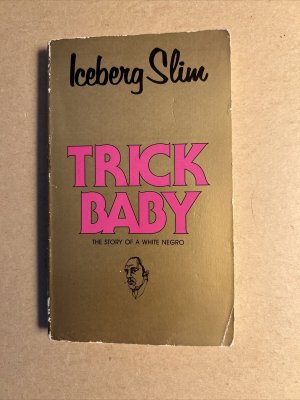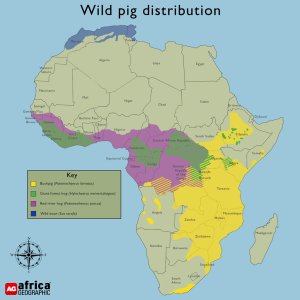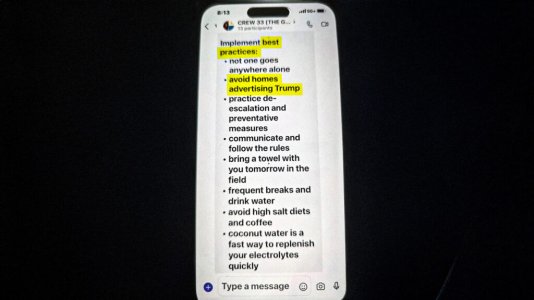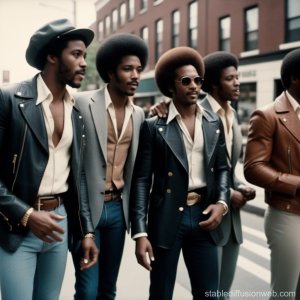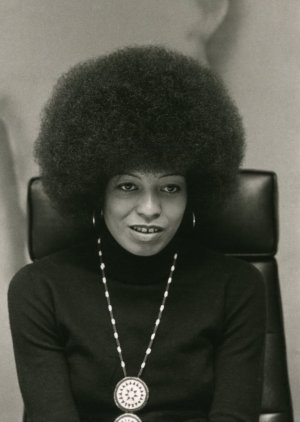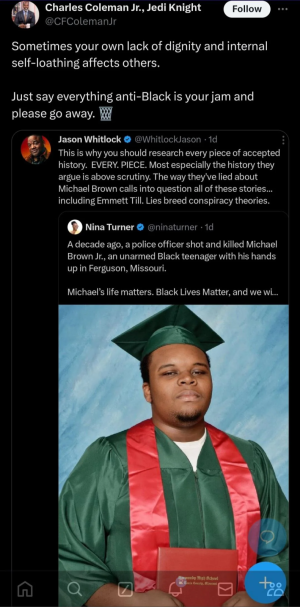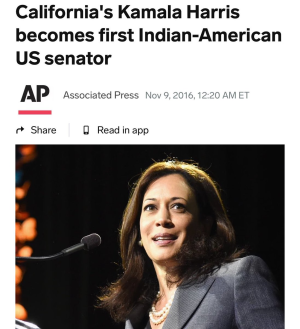THE FIRST BLACK SLAVE OWNER--AND THE ORIGINS OF SLAVERY
Euro-Americans arrived in Jamestown Virginia in 1607, and the first large group of Africans arrived in 1619. However, House of Burgess records show that Africans were already in the colony before 1619. John Rolfe provides us with an eyewitness account of this first group. “About the last of August [1619] came a Dutch man of Warre that sold us twenty negars.” Among them was one called Antonio from Angola. Later, we find that Antonio becomes Anthony Johnson. Other listed was Angelo, a negro woman,” and John Pedro, a neger aged 30.” The census of 1624-25 showed that there were twenty-three Africans living in Jamestown, Virginia listed as servants and not slaves.
Africans coming to Jamestown between 1630 and 1640 could expect to be freed after serving their indented period of time about seven to ten years for Africans and Indians. At this time there was no system of perpetual servitude or slave for life, but the system was rapidly evolving. Between 1640 and 1660 slavery was becoming a customary reality. In 1640 three servants of Hugh Gwyn, “a Dutchman called Victor, a Scotchman named James Gregory, and John Punch, a negro,” having run away from their master were overtaken in Maryland and brought back to stand trial for the misbehavior. The verdict of the court would change the system of indentured servitude and set the system in transition to plantation slavery. The court ruled that the three servants shall received punishment by whipping and have “thirty stripes apiece.” The court ordered that the Dutchman and the Scotchman should “first serve out their times with their master according to their Indentures and one whole year apiece after the time of their service is expired” and that they shall served the colony for three years. “The third being a negro. . .shall serve his said master or his assigns for the time of his natural life.” This marks the first time that race and color becomes a factor in the status of both black and white indentured servants. In other words, the system is rapidly evolving to meet the new demand for cheap labor, and race is slowing being used as the justification for the enslavement of peoples of African origins. Between 1640 and 1660 Africans were going to court and suing for their freedom.
In 1644 Thomas Bushrod, assignee of Colonel William Smith, sold a mulatto boy named Manuel “as a slave for-Ever, but in September, 1644 the said servant was by the Assembly adjudged no Slave and but to as other Christian servants do and was freed in September, 1665." A similar ruling is found in the case Robinson.
In 1649, there were about three hundred Africans in the colony and an increasing mulatto population. African and European indentured servants off springs were increasing and considered alarming in regard to the status of the mulatto. That is a system was evolving based on being either black or white.
Africans who entered Jamestown between 1620 to 1650 could expect to be freed after serving their indented time and given 50 to 250 acres of land, hogs, cows and seeds and the right to import both white and black indentured servants. For a brief period in American history between 1630 to 1670, a number of Africans had become freedmen and owned indented white servants. The act of 1670 forbidden free Negroes to own Christian servants but conceded the right to own servants of their own race. By 1670, it was becoming customary to hold African servants as “slaves for life,” and by 1681 what was customary became law.
The first laws regarding the status of Africans recognized the free blacks. The first status was passed in 1662 provided that the status of offspring should follow that status of the mother. What this law did was to allow white fathers to enslave their own children, and free women of color to perpetuate the free black population. In other words, it also guaranteed freed black females the right to extend their free status to their children. Black women who have served their indentured period would not provide foundation for the free black community. Many of those African who were grandfathered in the new system not only became the free black community, but this is the origins of Black slave owners.
The act of 1668 dealing with the condition of the colored population related solely to the tax obligations of a free black woman, and two years later an act guaranteed to “negroes manumitted or otherwise free” the right to own servants of their own race and expressly denied to them the right to purchase or to own white or “Christian servants.” This law recognized and sanctioned slavery, but also guaranteed the continuity of the free black class, who were now largely mulatto.











